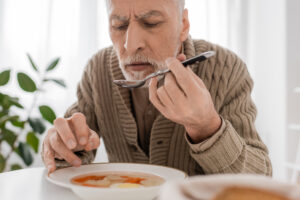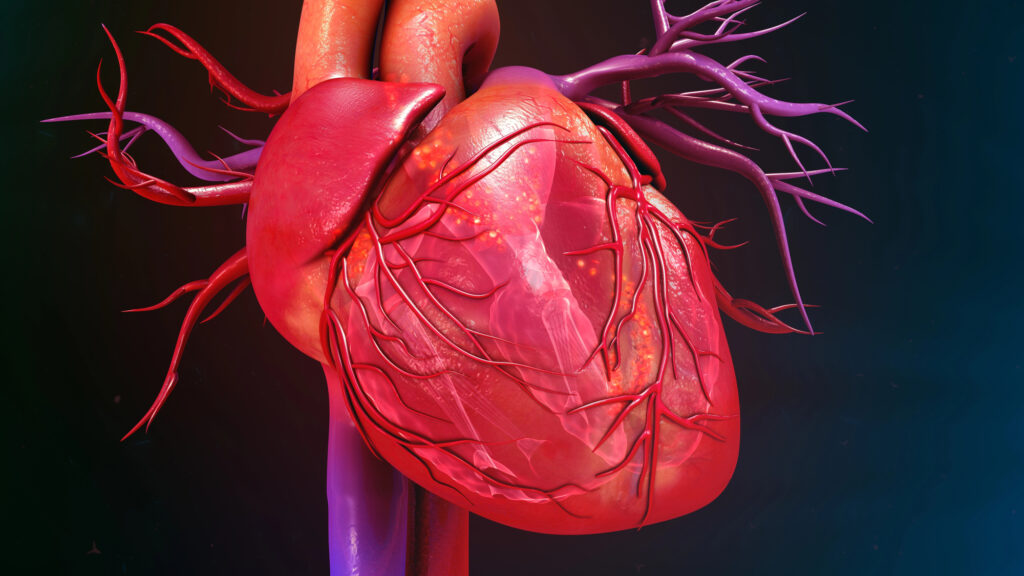The following is an excerpt followed by the full text from a recent JAMA study on co-infection between SARS-COV-2 and other respiratory pathogens.

ABSTRACT/ “As of April 3, 2020, severe acute respiratory syndrome coronavirus 2 (SARS-CoV-2) had caused 972 303 cases of coronavirus disease 2019 (COVID-19) and 50 322 deaths worldwide.1 Early reports from China suggested that co-infection with other respiratory pathogens was rare.2 If this were the case, patients positive for other pathogens might be assumed unlikely to have SARS-CoV-2. The Centers for Disease Control and Prevention endorsed testing for other respiratory pathogens, suggesting that evidence of another infection could aid the evaluation of patients with potential COVID-19 in the absence of widely available rapid testing for SARS-CoV-2.3 Here researchers report on co-infection rates between SARS-CoV-2 and other respiratory pathogens in Northern California. Methods
METHOD/ From March 3 through 25, 2020, researchers performed real-time reverse transcriptase–polymerase chain reaction tests for SARS-CoV-2 and other respiratory pathogens on nasopharyngeal swabs of symptomatic patients (eg, cough, fever, dyspnea). The laboratory (Stanford Health Care) tested specimens from multiple sites in northern California. At some sites, specimens were simultaneously tested for a panel of non–SARS-CoV-2 respiratory pathogens (influenza A/B, respiratory syncytial virus, non–SARS-CoV-2 Coronaviridae, adenovirus, parainfluenza 1-4, human metapneumovirus, rhinovirus/enterovirus, Chlamydia pneumoniae, Mycoplasma pneumoniae). They included only specimens from sites that tested for this panel in addition to SARS-CoV-2.
Researchers calculated the proportions of specimens positive for SARS-CoV-2 and for each non–SARS-CoV-2 pathogen, stratified by SARS-CoV-2 infection status. They evaluated differences in proportions with χ2 tests with continuity correction (significance threshold, P < .05). We calculated mean ages of patients for all subgroups and compared means with 2-sided t tests. Analyses were conducted in R version 3.6.0 (R Foundation for Statistical Computing).
What you will learn from this study:
- 1217 specimens tested for SARS-CoV-2 and other respiratory pathogens, from 1206 unique patients; 116 of the 1217 specimens (9.5%) were positive for SARS-CoV-2 and 318 (26.1%) were positive for 1 or more non–SARS-CoV-2 pathogens.
- Of the 116 specimens positive for SARS-CoV-2, 24 (20.7%) were positive for 1 or more additional pathogens, compared with 294 of the 1101 specimens (26.7%) negative for SARS-CoV-2 (Table 1) (difference, 6.0% [95% CI, –2.3% to 14.3%]). The most common co-infections were rhinovirus/enterovirus (6.9%), respiratory syncytial virus (5.2%), and non–SARS-CoV-2 Coronaviridae (4.3%) (Table 2).
- Of 318 specimens positive for 1 or more non–SARS-CoV-2 pathogens, 24 (7.5%) were also positive for SARS-CoV-2. Among 899 specimens negative for other pathogens, 92 (10.2%) were positive for SARS-CoV-2 (difference, 2.7%).







